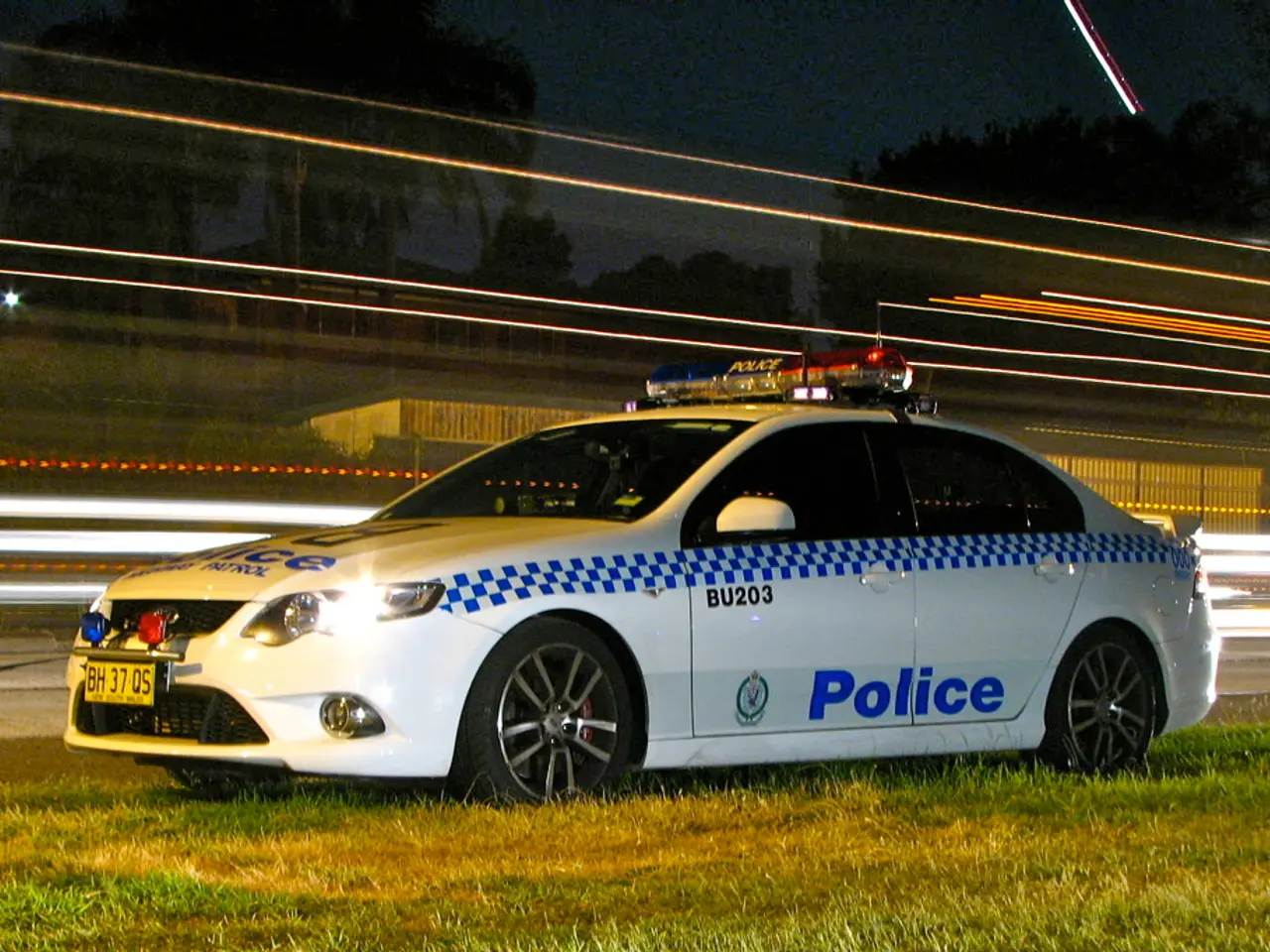Police UAV Trialed for initial flight in United Kingdom
UK Tests First Unmanned Police Drone in Bristol Channel
The National Police Air Service (NPAS) has taken a significant step forward in modernising its fleet with the testing of an unmanned drone. This new drone, designed to surpass existing police drones in operational range and carbon emissions, is being tested in the Bristol Channel.
The drone, which operates similarly to a conventional helicopter, represents a substantial reduction in emissions, achieving a 90% decrease compared to its manned counterparts. One of the primary advantages of the new unmanned system is its potential for noise reduction, making it a more discreet option for aerial surveillance.
David Walters, the head of futures and innovation at NPAS, emphasised that the integration of unmanned drones in policing is an evolution of current capabilities. He stated, "This is not about replacing manned aircraft but about enhancing our capabilities and providing a more efficient service."
The forthcoming tests will continue until October, during which the drone will be used for missions such as searching for suspects and locating missing people. Approximately 30% of calls received by NPAS involve locating missing persons, missions for which the unmanned aircraft is particularly suited.
Night operations are part of the testing process, and the drone is equipped with a high-powered infrared camera to aid in these operations. Exhaustive evaluations will be required before these unmanned systems become a regular part of the NPAS fleet.
The evaluation of the test results is controlled by the relevant British authorities involved in the project, but the specific agency responsible for analysing these results has not been explicitly named. The testing process is being overseen by the Civil Aviation Authority and National Air Traffic Services.
Funding for the testing comes from the Home Office. The NPAS stated that the drone will work alongside traditional helicopters, not replace them. The new drone's extended flight time greatly enhances aerial surveillance efficiency, as it can remain in flight for an impressive eight to twelve hours during operations, far exceeding the typical flight time of current manned aircraft, which typically fly for two to six hours.
The use of unmanned drones in policing is a significant development, and the NPAS Tactical Flight Officer PC Matt Leeding emphasised that this is an evolution of current capabilities, not a replacement of traditional methods. He stated, "This is about providing a more efficient service and ensuring we can respond to calls more effectively."
As the tests continue, the public can expect to see more of these unmanned drones in the skies, working alongside traditional helicopters to provide a more efficient and environmentally friendly aerial surveillance service.








